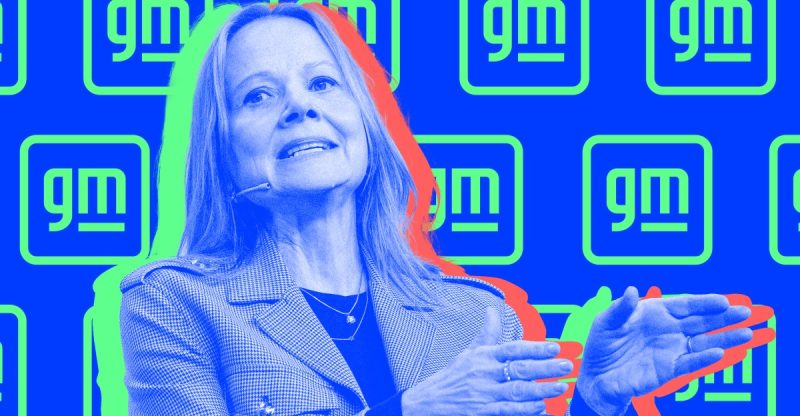
Four years ago, General Motors boldly declared its intention to go all-electric by 2035. Now, under a turbulent political climate and shifting economic landscapes, that timeline has become significantly more flexible. However, CEO Mary Barra remains unwavering in her commitment to electric vehicles, even as she navigates a complex array of challenges. In an exclusive interview at the Le Mans race, Barra explained GM’s evolving strategy.
She emphasized that the initial all-electric target was perhaps overly ambitious, hampered by slower-than-anticipated development of charging infrastructure and consumer demand. The company acknowledges that the customer will ultimately dictate the pace of the transition. This isn’t the first time GM has weathered economic storms—the 2008 auto bailouts come to mind—but the current environment presents unique hurdles.
These include fluctuating tariff policies, the repeal of pro-EV incentives under the Trump administration’s ‘Big Beautiful Bill’, and a global economic picture impacted by factors like rare earth magnet reliance. The ever-changing political landscape, particularly under a president known for his unpredictable pronouncements and actions towards businesses, adds another layer of complexity.
Despite these challenges, GM’s EV sales are booming. The company has overtaken Ford to become the world’s second-largest EV seller, rapidly closing the gap with Tesla. Chevrolet’s explosive growth in the US EV market further underscores GM’s progress. Should Tesla’s recent decline continue, GM could soon claim the top spot. Barra attributes the company’s success to strategic adjustments and a renewed focus on meeting consumer demand amidst these turbulent times. A significant $4 billion investment provides crucial breathing room, allowing the company to adapt to the evolving market conditions and tariff uncertainties.
The recent rollback of California’s regulations banning gasoline-powered cars by 2035, a move that GM had previously lobbied for, is viewed by Barra as a necessary adjustment to market realities. She argues that the previous regulatory timeline was far ahead of current consumer readiness, advocating for a national standard for EV adoption to avoid a fragmented and confusing market for consumers and dealers alike.
Beyond EVs, GM is also focusing on revitalizing its luxury brand, Cadillac. This includes a high-profile entry into Formula 1 racing starting in 2026, a move Barra sees as crucial for enhancing Cadillac’s global brand image and showcasing its technological capabilities. The participation in endurance races like Le Mans serves as a valuable testbed for technology transfer to production vehicles, while also capitalizing on the increased popularity of motorsports thanks to the ‘Netflix effect’.
However, GM isn’t without its critics. While Cadillac’s presence in Europe is growing, particularly in France, where a new Paris showroom has opened, the company faces criticism from environmental groups for its continued investment in internal combustion engine (ICE) vehicles in the United States. This highlights the inherent tension between short-term economic realities and long-term sustainability goals.
Finally, the challenges extend beyond the economic and regulatory spheres. The Trump administration’s policies towards diversity, equity, and inclusion (DEI) have created hiring difficulties for many American businesses, including GM. Barra acknowledges the impact of these policies but emphasizes GM’s commitment to fostering an inclusive workplace where every employee feels valued and respected. The company’s strategy involves navigating the political landscape while maintaining its dedication to a diverse and inclusive workforce.
In conclusion, GM’s journey towards an all-electric future is far from straightforward. Navigating political headwinds, economic uncertainties, and the complexities of the global automotive market requires careful maneuvering. Yet, Mary Barra and GM are clearly determined to stay the course, embracing challenges as opportunities to refine their strategy and solidify their position as a major player in the evolving automotive landscape. The Cadillac’s performance at Le Mans and its upcoming F1 debut are symbolic of this ambitious and resilient approach.










